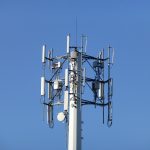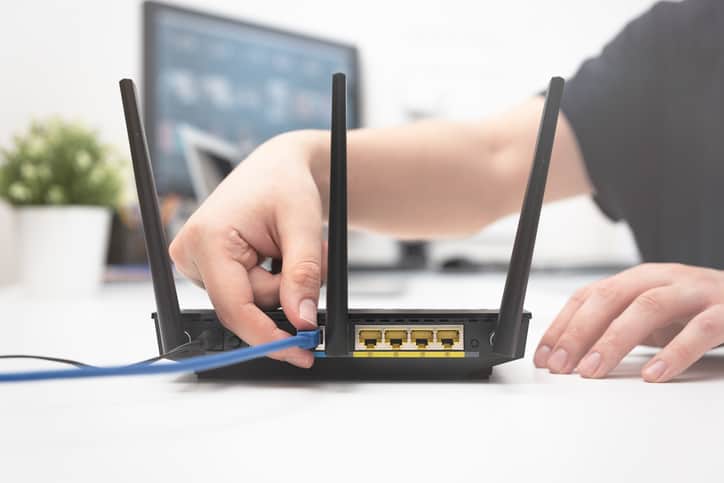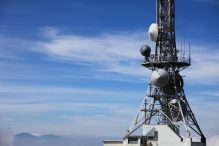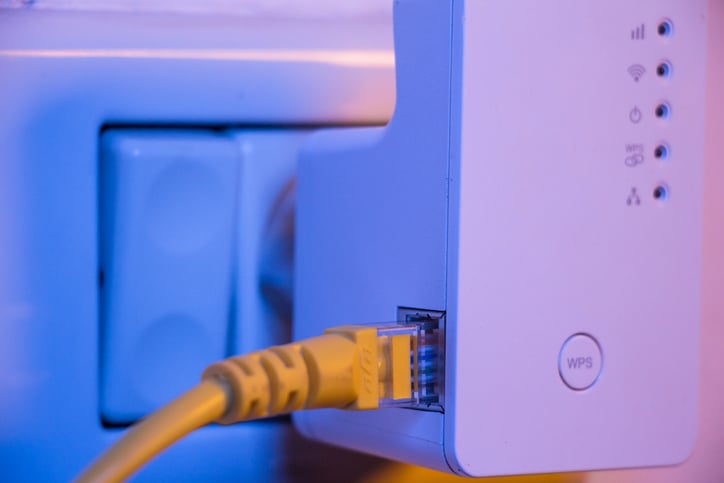Where to install your omnidirectional cellular booster antenna
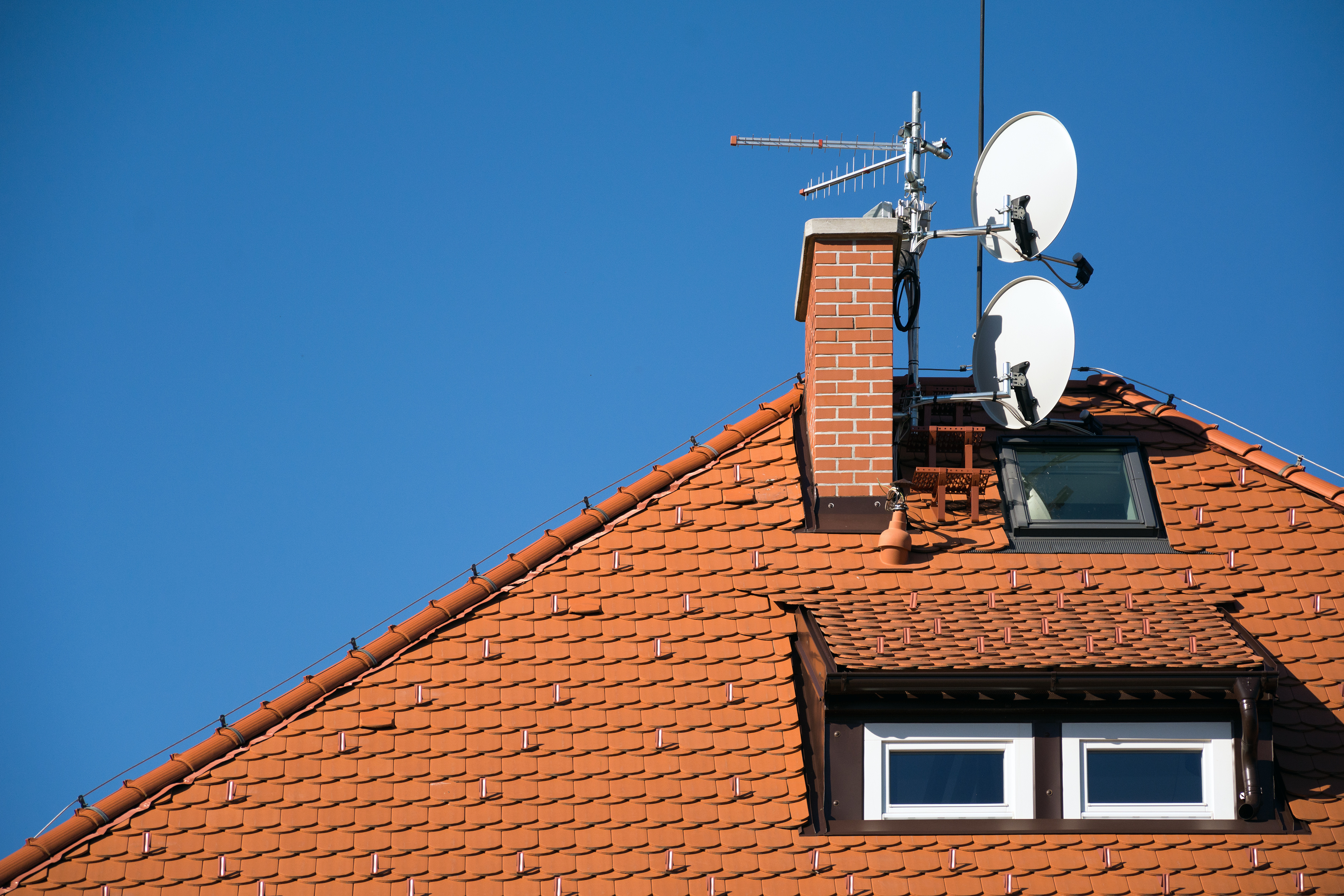
With the right antenna setup, you can establish a strong internet connection in an area with poor cellular coverage. An omnidirectional booster antenna, like our Panel MIMO Booster Antenna, increases your internet speeds by strengthening the cellular signals from nearby towers. Unlike directional antennas, omnidirectional antennas can connect with multiple towers at once.
Because omnidirectional antennas transmit in all directions, you don’t need to spend as much time positioning an omnidirectional antenna. While this feature simplifies installation, it’s still important to think about other aspects of position–like the direction of the nearest cellular tower, local cellular coverage, and obstructions–when you set up a new omnidirectional booster.
So where should you install your new omnidirectional booster antenna? To find the best spot, take a look at these tips:
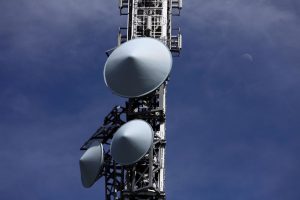
Find nearby cellular towers
While you don’t need to calculate the exact direction of the nearest tower if you’re using an omnidirectional antenna, you can minimize obstructions by installing your booster antenna on the side of your building closest to the nearest tower. Minimal obstructions means maximal boost. To find nearby cellular towers, check out this blog post.
Survey the local cellular coverage
Sometimes cellular coverage varies drastically within your property or, even, within your building. To give your booster antenna a leg up, position it where you already have the best coverage. Use a phone in field test mode or an app like OpenSignal to find the strongest cellular coverage in your building (it’s usually on the side of your building closest to the nearest tower).
- To access field test mode on your iOS device, call *3001#12345#.
- To access field test mode on your Android device, navigate to “Settings” > “About Phone.” Signal strength is visible under “Status” or “Network.”
Test mode represents signal strength in decibels with reference to one milliwatt (dBm), where -50dBm is a perfect signal and -110dBm is no signal. The closer your reading is to -50dBm, the better the signal.
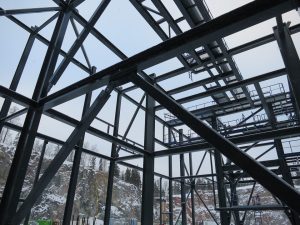
Avoid obstructions and interference
Mobile broadband transmits online data from one place to another by sending radio waves over certain frequency bands. When radio waves pass through any material, their speed is affected by that material’s permeability and permittivity. The less permeable a material is, the slower the waves travel through it. And the slower the waves travel, the slower your internet connection.
Structures made of metal or other conductors of electricity slow down radio waves or block them completely. Help your booster antenna do its job by placing it away from structures and objects made of metal. If your building has a metal frame, for example, place your booster antenna by a window. Radio waves travel through glass, wood, concrete, and stone far easier than metal.
Radio interference also slows down your internet connection. Some household devices, like microwaves and baby monitors, operate on the same radio frequency band as mobile broadband. For best results, keep your booster antenna separate from these devices.
Get started

